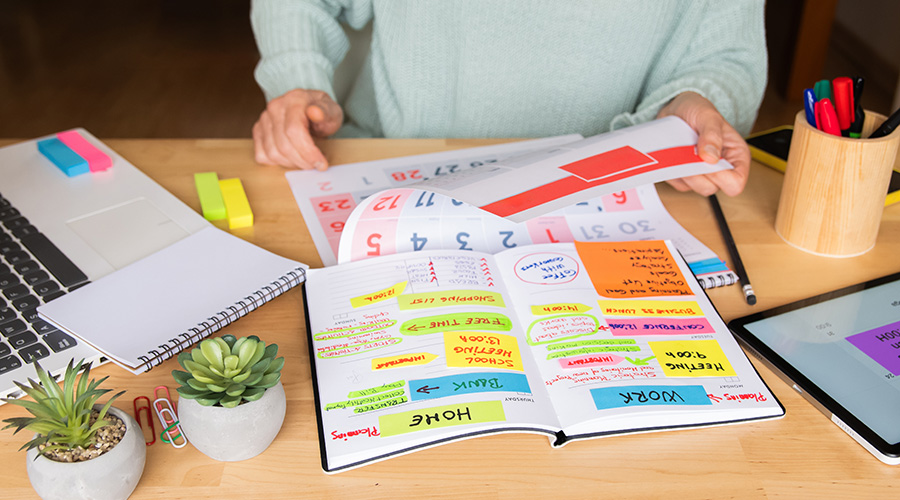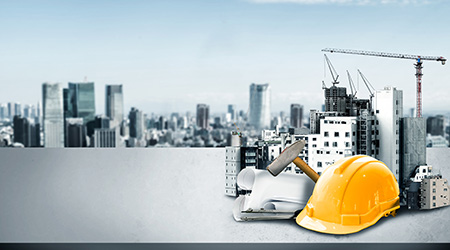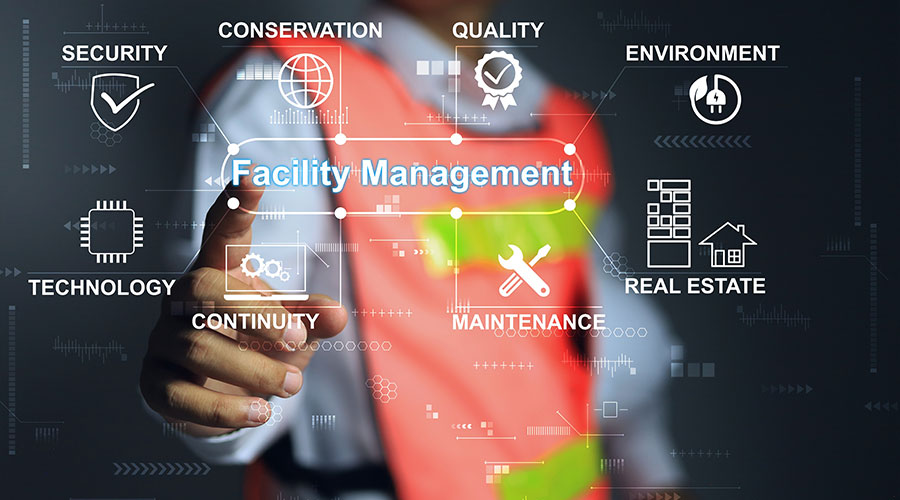10 Post-Pandemic Facility Management and Construction Trends
The coronavirus pandemic has sped up some trends that were already in motion and kickstarted others.
Coming on the heels of a global pandemic, there are some drastic changes in the buildings, construction, and facility management industry. Understanding these changes, as well as some minor shifts in how the industry is operating, will help facility managers improve efficiency and operations, and benefit the health and wellness of building occupants.
1. Existing buildings are being repurposed. Existing buildings that are now being abandoned or not being used as they were intended might take on new occupancy. An example: An existing mall may be transformed into a mixed-use facility with apartments, condos, and rental. Many one level stores or strip malls are being converted to apartment buildings that may house 80 to 100 units, and also still have the retail stores at the street level simulating the same shopping experience except these projects will now have apartment living above the retail spaces designated for living.
2. Sustainability is a continued trend. These new green buildings are designed to use renewable energy and include recycled materials that help maintain successful sustainability and energy savings over the life of the building.
3. Drones have become a new (and fun way) of surveying construction projects. It’s easy to use drones to do a fly-over for any property survey or view any existing project that is ongoing.
4. Prefabrication of walls, metal panels, millwork, and other custom types of projects are becoming part of the new thread of how business will be done moving forward.
5. Construction management software, project management tools, and other mobile tools are playing an increasingly important role in helping navigate through a project. These tools help the whole project team review daily reports, photos, additional work orders, requests for information, schedule, and so many more options to assist your project.
6. Regarding HVAC, indoor climate control, and humidity, the pandemic has show us that buildings need the latest filters. Advanced filtration can help filter out particles, including viruses and bacteria. Facility managers should also consider ionizers that kill bacteria instantly, especially in exercise facilities, medical, and office building.
7. Remote working has now become part of the new normal, and facility managers need to make provisions for how to accommodate a mix of remote and in-person workers.
8. The pandemic has taught us that we need to be flexible and not afraid of rapid change. New policies may need to be implemented on a daily basis. Resolve to be accessible to occupants and address occupant concerns.
9. Resilience is going to continue to be a crucial way at how to frame emergency preparedness and disaster recovery. Address near-term money and also money management challenges. Add a broader resilience plan during shutdowns or times of economic stress. Create a plan to return business to scale as quickly as possible..
10. Reimagine what the next or new normal will be for your organization. Reinventing your facility management brand to meet the new challenges after the pandemic will be monumental to success.
Even as so many challenges remain, there is much to be optimistic about. The post-pandemic environment has introduced several new market dynamics, which present new opportunities. Many retailers or services businesses are following their clients and building outposts in new markets. While retail space may be shrinking, warehousing needs have escalated and as a result warehouse construction is ramping up.
Ultimately, amid so much change, there is cause for hope. Momentum is building in the buildings industry and it’s a welcome sight for all.
Michael Bordes is a certified General Contractor and President of AA Jedson Company LLC.
Related Topics:












